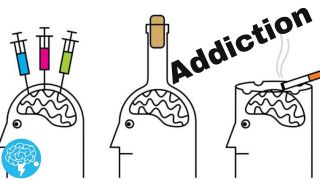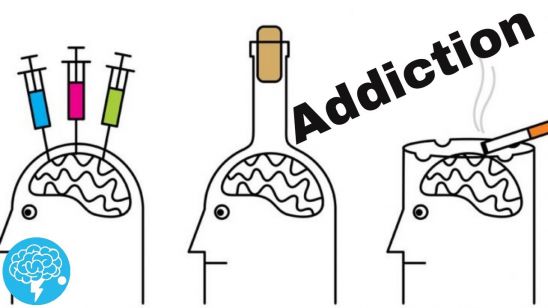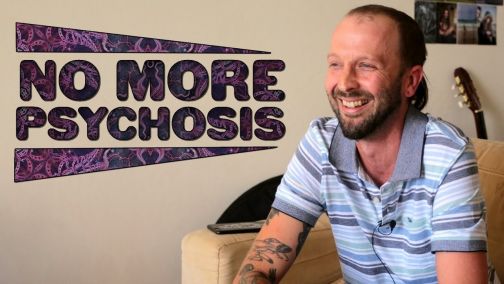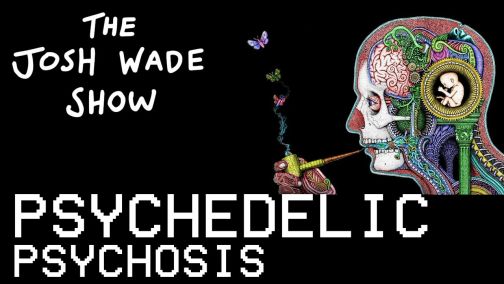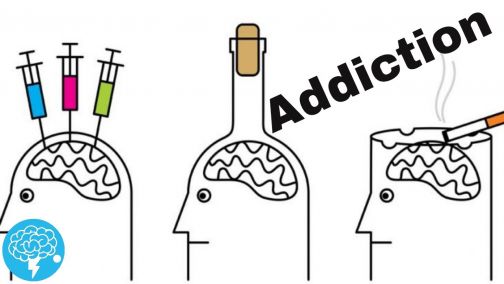Substance Induced Disorders
Also known as SIDs
What is it?
When most people use drugs or alcohol, they experience a momentary high that eventually fades away, and they return to baseline. People who use regularly might see changes in their everyday emotions, behavior and energy levels as a result of their drug and alcohol use. They may even develop a dependence on these drugs, known as addictions or substance use disorders (SUDs). However, a small percentage of people experience something different, known as a substance induced disorder or SID.
SIDs occur when a drug or medication triggers a mental health condition in the person who used them. They are not the same as substance use disorders. Rather, SIDs spark symptoms like depression, anxiety or psychosis that last after their high has ended. Prior to intake, these symptoms were not present.
SIDs range in intensity from mild to severe. They can occur alongside other mental conditions, however, those conditions are not considered “substance induced.” Only the symptoms that occur directly after use will factor into a diagnosis.
A wide range of substances can trigger a SID. The most common are alcohol, caffeine, cocaine, methamphetamines, hallucinogens, nicotine, opioids, and sedatives/benzodiazepines. SIDs are normally reversible by detoxing a person’s body of the substance, and following up with treatment methods including therapy or medication.
What are the symptoms?
Within the spectrum of SIDs, are three distinct categories: intoxication, withdrawal, and substance induced mental disorders. Intoxication accounts for any physiological changes that happen when using a substance, such as euphoria, hallucinations, impaired judgement, elevated mood and belligerence, amongst others. Withdrawal accounts for any physiological changes that happen after you stop using a substance, such as nausea, vomiting, and tremors.
Then come substance induced mental disorders. The symptoms for these disorders match the symptoms for their non-substance related counterparts. For example, substance-induced bipolar has the same symptoms as bipolar disorder. The only difference, is how the condition was triggered.
The 9 SIDs currently recognized are:
- Substance-induced psychotic disorder
- Substance-induced bipolar and related disorders
- Substance-induced depressive disorders
- Substance-induced anxiety disorders
- Substance-induced obsessive-compulsive and related disorders
- Substance-induced sleep disorders
- Substance-induced sexual dysfunctions
- Substance-induced delirium
- Substance-induced neurocognitive disorder
To be considered a substance induced disorder, the following criteria must be met:
- Symptoms appear within one month of intoxication or withdrawal
- Symptoms cause significant distress and/or impaired functioning
- Symptoms did not exist before using the substance
- Symptoms did not occur solely during acute delirium caused by the substance (i.e. while drunk or high)
- Symptoms do not persist for a substantial period of time (i.e. they go away after detox and minor treatment). There are some exceptions here.
What are some common warning signs?
Simply put, it depends on the type of substance being used. If you have a loved one that is taking drugs, and experiencing noticeable differences in mood and behavior, you should talk to them about their symptoms.
Different types of drugs are associated with different kinds of SIDs. The most common associations are:
- Alcohol: mood disorders (depression, anxiety, bi-polar), sleep disorders and psychotic disorders
- Caffeine: anxiety disorders
- Cocaine: anxiety and panic disorders
- Methamphetamines: depression, anxiety, and hallucinations
- Hallucinogens (Marijuana, LSD): depression, anxiety, delusions and hallucinations
- Nicotine: anxiety, irritability and nausea
- Opioids: anxiety/irritability and depression
- Sedatives/Benzodiazepines (Xanax, Valium, Ativan, Klonopin): anxiety, mania, sleep disorders and sexual disorders
What causes SID?
Why one person develops a SID after drug use, and another doesn’t, isn’t entirely understood. However, it’s more common in people that are known to have other mental health challenges. For example, someone battling chronic depression has a higher chance of developing a SID after drug use than someone without any history of mental difficulties.
How is it treated?
The first step is detoxification. The person should stop using the substance or substances at hand. Oftentimes, symptoms go away once the drug has left a person’s system.
In cases where symptoms are still present, a combination of treatment options can be considered, including rehab, behavioral therapy, family interventions and medication.
Psychotherapies such as Cognitive Behavioral Therapy (CBT) and Motivational Interviewing can help a person reframe their relationship to different substances, and find the willpower to overcome any addictions that have formed. Multidimensional family therapy can help a family with an adolescent battling addiction find productive ways to cope and heal together. Other helpful programs can be peer support groups, such as Alcoholics Anonymous and Narcotics Anonymous.
Depending on the scenario, medications might be recommended as well. Someone with substance-induced depression might be prescribed antidepressants to elevate mood, or someone with substance-induced psychosis might be prescribed antipsychotics. In severe cases, hospitalization might be required.
How can I help a loved one with SID?
SIDs can happen to people with and without substance use problems. In other words, you don’t need to suffer with an addiction to experience SID symptoms.
If you are aware of a loved one’s substance use habits, and notice mood and behavioral changes in them that are unexpected, find time to discuss these symptoms with them. Remember that symptoms don’t need to appear immediately. They can gradually make themselves known over the course of a month.
Pay attention to how your loved one is doing at work, school, home and in their social life. Are they acting erratically or saying strange things? Are they distant or isolating themselves? Have other friends or family members expressed concern about recent actions? If so, it is worth having an honest conversation about the severity of their symptoms and if they align with recent drug use.
If your loved one is struggling with addiction, your course of action will likely be different. Read more about helping a loved one with a substance use disorder here.
What other resources are out there?
Want to learn more, find a doctor, join a support group or speak to a counselor? The below resources might be able to help:
- Narcotics Anonymous
- Alcoholics Anonymous
- Smart Recovery
- LifeRing
- Crisis Text Line
- BetterHelp
- Psychology Today Directory
- American Psychiatric Association
- Medicaid Eligibility Information
- Open Path Collective
- Resources for POC, LGBTQ+ and disabled individuals
- Anxiety and Depression Association of America
- National Network of Depression Centers
- Medicine Assistance Tool
- NeedyMeds
- Erika's Lighthouse
- Anxiety Network
- Anxiety Central Forums
- National Social Anxiety Disorder Center
- International Society for the Study of Trauma & Dissociation
- The Business Case for Investing in Employee Mental Health
- Uninsured and Untreated: The State of Mental Health Today
- What is Burnout, and How Can We Guard Against It?
- The Stigmatizing Language that Harms Your Employees — and How to Change It
- Navigating Your Treatment Options, from Therapy to Medication
Support our work
We’re on a mission to change how the world perceives mental health.








